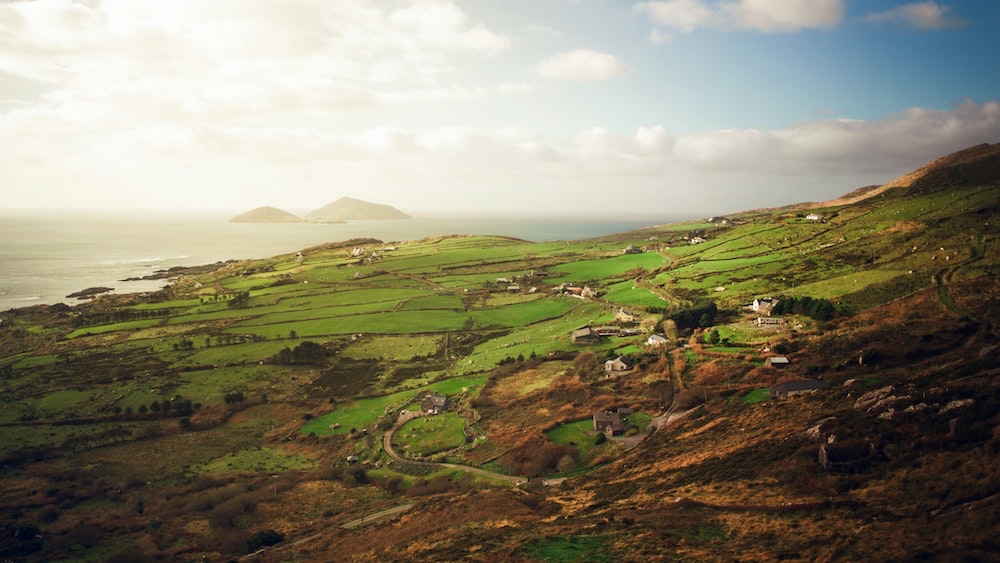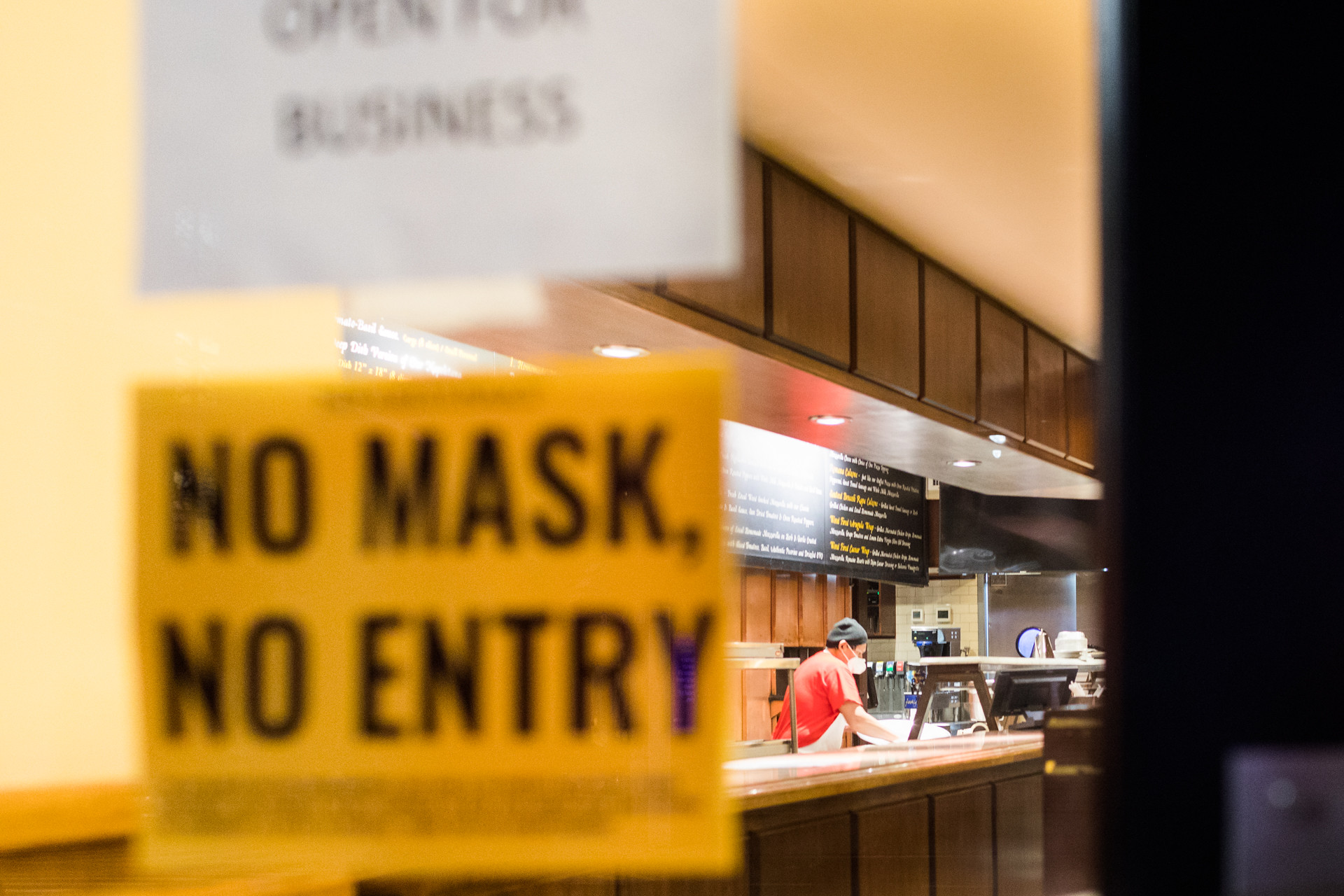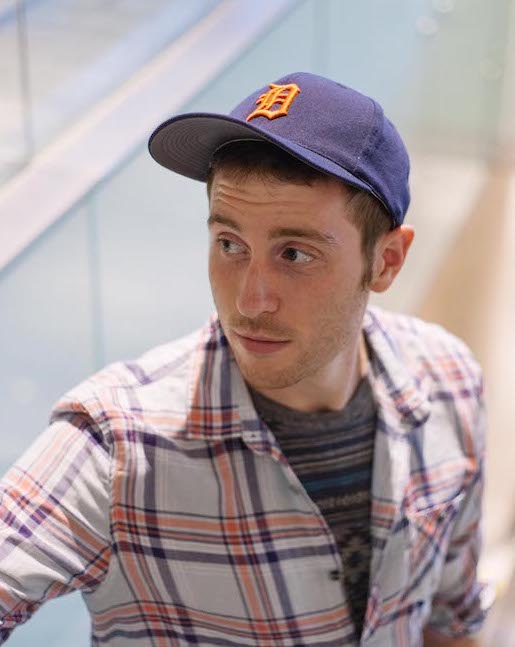Report by Keith Langston
An Irish Idyll Comes to an Abrupt End

Until recently, nothing seemed real.
In early March, I had flown from New York to rural, western Ireland on assignment for a magazine. The coronavirus had already devastated countries like China and Italy, but for the new world, the virus seemed light years away. To us New Yorkers, the only tangible evidence of a pandemic was a man in Westchester County and a woman who’d recently traveled to Iran. But as I gazed out the window of Ashford Castle, overlooking Lough Corrib, all I could see was a crystalline lake, fields of sheep, and foggy mountainsides.
We’d see the news from time to time. Westchester County was designated a red zone and quarantined, the death toll rose daily, and Italy was collapsing. But then I’d look out at the lake, smell the newly bloomed flowers, and hear the birds in the trees.
My assignment in Ireland was to write a luxury travel article about the five-star Ashford Castle resort as well as life in the surrounding countryside. Three other reporters and I were supposed to lose ourselves amid the beauty of Ireland’s rugged and historic west coast. It was easy to feel unaffected and removed from the real world.
And we were. Western Ireland has been used for films like Star Wars: The Force Awakens and Harry Potter and the Half-Blood Prince. Its landscape is breathtaking and epic, yet full of stillness and solace. I walked on damp hilltops, crushing the heather beneath me, as horned mountain sheep grazed quietly. I watched dappled waterfalls pour down the Killary Fjord. I sat under rainbows that rose above mossy cliffs.
Then there were the people. In New York, you’re lucky if someone on the street makes eye contact. In Ireland, everyone I met was all smiles, waves, and handshakes. Sometimes we’d even joke about how Americans back home were starting to refuse to shake each other’s hands.
But on March 11, President Trump closed off entry from Europe to the United States except for the UK. The severity of the crisis suddenly turned real. Talk of rushing to the airport and escaping Ireland circled around our table of reporters. By the next day, Trump had rephrased, saying he wasn’t barring travel from “the UK and Ireland.” The consensus among the guests at the castle was that Trump didn’t know the Republic of Ireland wasn’t part of the UK. We all had a laugh and apologized to our Irish hosts for having such an idiot represent our country.
The joy and camaraderie lasted for a few more days, wrapping us in a cocoon of indifference—until more news came. On March 14, Trump announced that the UK and Ireland were now included in the travel ban. Reality came flooding in. It was time to leave. The entire world was shutting down. The feeling of being protected, of being immune, and of being separate vanished.
The next day, we were on a flight back to New York City. County Clare’s Shannon Airport was deserted. Most Americans had left after the initial Europe warning. At check-in, there was one Aer Lingus attendant and us four reporters. As she unwrapped a mint, you could hear its echo bounce around the empty atrium. Our flight was half empty, and passengers were deliberately spaced apart.
As soon as we landed at JFK, I felt the overwhelming panic in the air. The city was in lockdown. Gyms, restaurants, cafes, bars, and stores—all closed. My Uber driver wore a mask and gloves. As we drove past my neighborhood grocery store, I saw a line of people waiting to enter.
Now, New York City has more than 150,000 infected patients, and the hospitals are overwhelmed. (As of April 24, there have been more than 11,000 deaths in New York City alone.) Healthcare workers are getting sick and dying from tending to those infected. The economy has ground to a halt. And New York feels like a post-apocalyptic movie. Within one plane ride, I went from the rolling cliffs of Star Wars to the dystopian wasteland of John Carpenter’s Escape from New York.
And yet, despite the constant sound of sirens; the shuttered storefronts; the tired, war-torn face of every resident in the city, the cherry blossoms in my neighborhood are in bloom. I find myself feeling the rush and rejuvenation that comes with spring. I feel relief—long, warm days are ahead, and maybe I’ll be able to see my family in Ohio soon. As I look out my apartment window at the abandoned urban jungle that surrounds me, I can’t help but remember that famous line from Jurassic Park, where Dr. Malcolm (Jeff Goldblum) says, “Life…finds a way.”

Publishing Information
- “Trump Suspends Travel from Europe—except the UK and Ireland—for 30 days to Contain the Coronavirus Spread” by Eliza Relman and Sarah Al-Arshani, Business Insider, March 11, 2020.
- “Ireland Not Included in Trump’s European Travel Ban, Says DHS” by Kerry O’Shea, Irish Central, March 12, 2020.
- “Trump Says UK and Ireland Now Included in European Travel Restrictions” by Kevin Liptak, CNN, March 14, 2020.
- “COVID-19: Data,” NYC Health (New York City Department of Health).
Art Information
- “Ring of Kerry Lookout and Car Park, Ireland” © Nils Nedel; public domain.
- “Thank You, Essential Workers!” © spurekar; Creative Commons license.
 Keith Langston is a travel and entertainment writer for Travel Channel, Passport Magazine, and Screen Rant. He’s a former editorial and marketing assistant for Talking Writing. He has a deep passion for adventure and is working on his first book.
Keith Langston is a travel and entertainment writer for Travel Channel, Passport Magazine, and Screen Rant. He’s a former editorial and marketing assistant for Talking Writing. He has a deep passion for adventure and is working on his first book.
